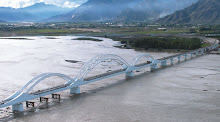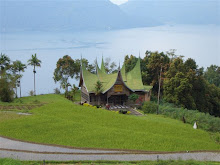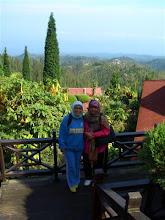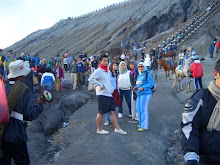Bogyoke Aung San Market; formerly Scott's Market) is a major bazaar located in Pabedan township in downtown Yangon, Myanmar. Known for its colonial architecture and inner cobblestone streets, the market is a major tourist destination, dominated by antique, Burmese handicraft and jewellery shops, art galleries, and clothing stores. Bogyoke Market is a popular black market location to exchange currency. The market also has a number of stores for local shoppers, selling medicine, foodstuffs, garments and foreign goods. The ground floor and the first floor are lined with small antique shops selling old coins, bank-notes, postage stamps and medals. In the middle of the market are jewelers, selling famous Burmese jade, Burmese rubies and other precious stones. The rest are art galleries, handicraft shops, restaurants and clothes stores. The new wing of the market, across Bogyoke Aung San Market Road, houses shops that sell medicine, foodstuffs, garments and foreign goods. The market is also known for its black market money changers, with jewelry merchants typically able to change the largest bills at the best rates.































































.jpg)













.jpg)










.jpg)












.jpg)


.jpg)



















